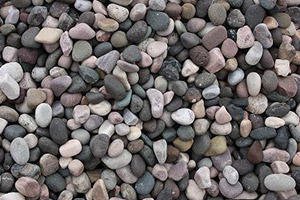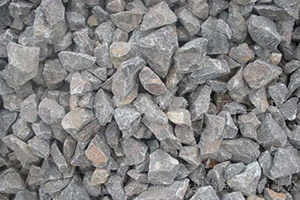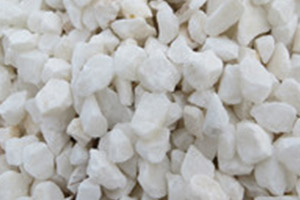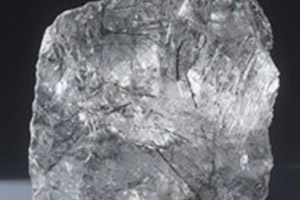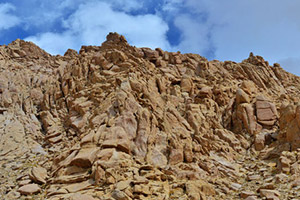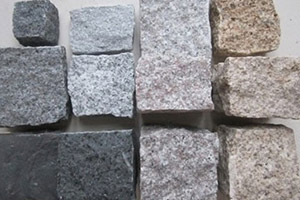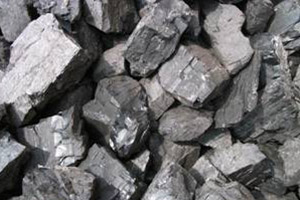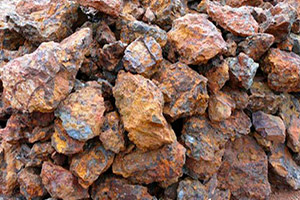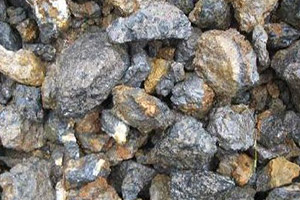Address
No. 128, Binhe Road, Gongyi City
Zhengzhou City, Henan Province, China, 451200
Contact us
Phone: (+86) 13386837400
WhatsApp/WeChat: (+86) 13386837400
Address
No. 128, Binhe Road, Gongyi City
Zhengzhou City, Henan Province, China, 451200
Contact us
Phone: (+86) 13386837400
WhatsApp/WeChat: (+86) 13386837400
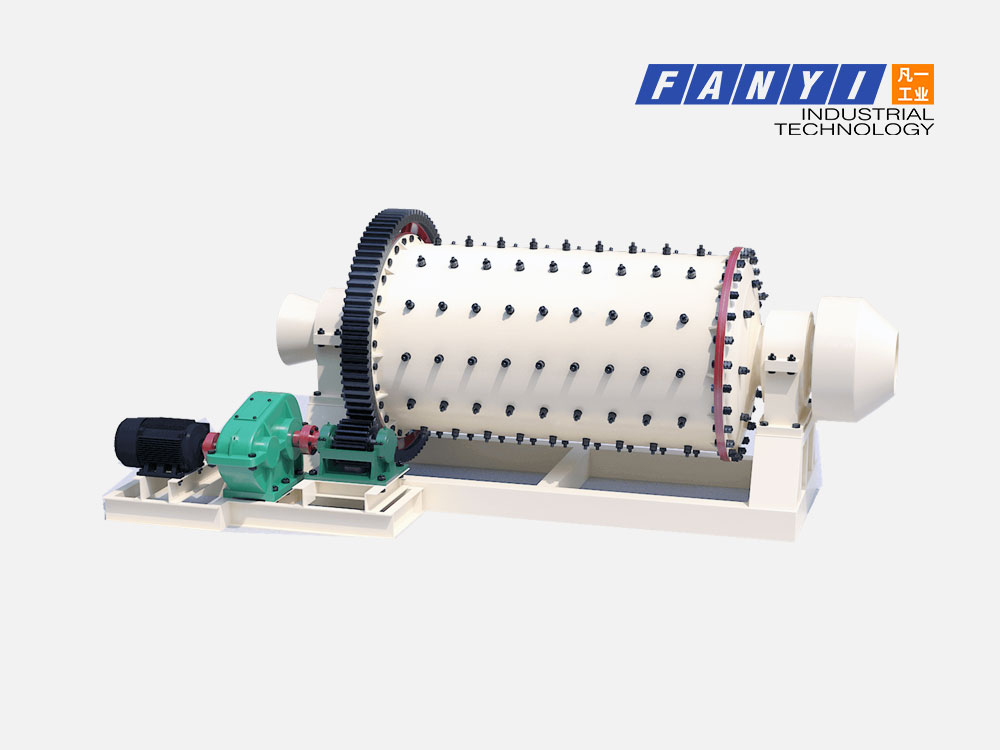
Ball mill is a kind of grinding machine, which is the key ball milling machine used after the material has been crushed. It also has a mixing effect. This type of grinding machine has a cylindrical body with spherical grinding mediums and materials.
DESCRIPTION
Ball mill is widely used in cement, silicate, new construction material, refractory material, chemical fertilizer, ferrous metal, non-ferrous metal and ceramics. It is widely applied to wet and dry grinding for grindable materials. Wet grinding is often equipped with a classifier, and dry grinding is configured with a suction and separation device.
Both dry and wet ball mills are composed of feed inlet, discharge outlet, rotary part, reducer, small transmission gear, motor, electric control and other transmission parts. Wet milling is widely used because most minerals can be wet milled. Dry grinding is used on a small scale, but some materials can only be dry ground.
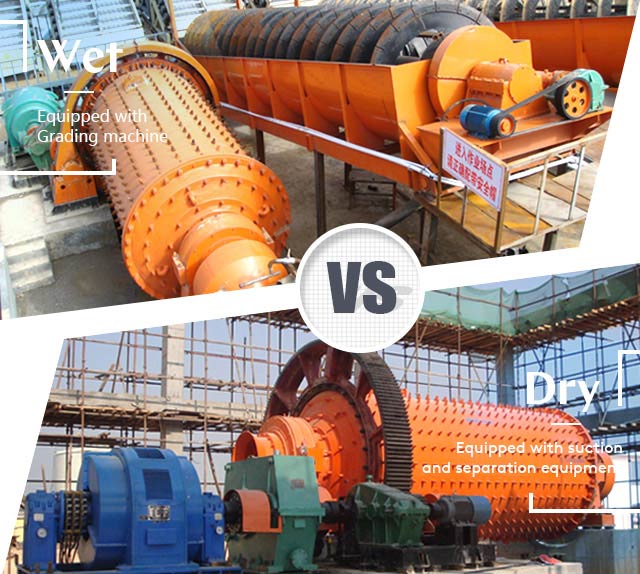
Dry grinding means that when the ore is ground into required particle size, the powder will be brought out from the dry ball mill by airflow.
Dry grinding process:
Please notice that dry grinding needs dry materials, so we can’t add water or other liquids during the dry milling process.
Wet grinding means that after the ore entered the mill, it will complete the wet grinding under the interaction of grinding medium and ore.
Wet ball mill types: (According to the motion characteristics)
Wet grinding process:
Please control the grinding concentration, as it can affect the grinding efficiency. The amount of water depends on the use of mud, the amount of clay in the formula, and the water absorption of clay.
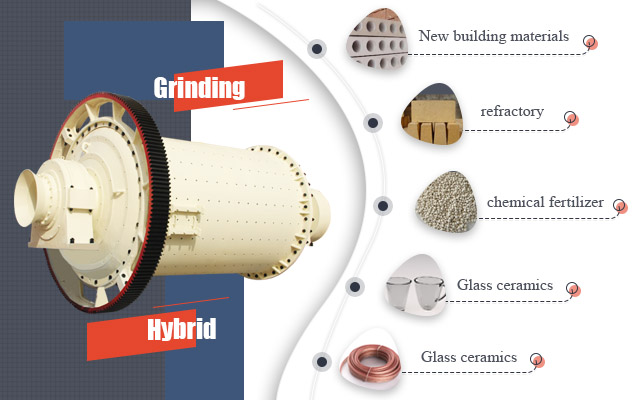
Dry grinding is suitable for materials that can react with water, which may not be used for wet grinding such as cement, marble and other building materials. Some products that require storage and sale in powder form are suitable for dry grinding. And in some arid areas, dry grinding can be used to save water.
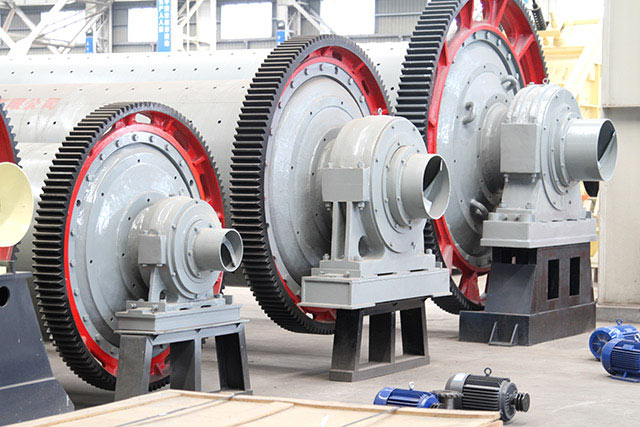
Wet grinding is suitable for most materials, such as all kinds of metal ore, non-metallic ore. As long as it is water-repellent and will not affect the quality of the finished product, the material can be used for wet grinding.
Common ore includes copper ore, iron ore, molybdenum ore, phosphate rock, feldspar mine, fluorite ore, etc. The proportion of steel balls, materials, and water in wet grinding is 4:2:1. The detailed proportion can be determined by grinding experiments.
At the same time, the size of alumina grinding balls is also required. If theball ratiois good, then the ball milling efficiency will be greatly improved. Generally, there are large, medium and small balls, and a better ratio between them can also be obtained through experiments.
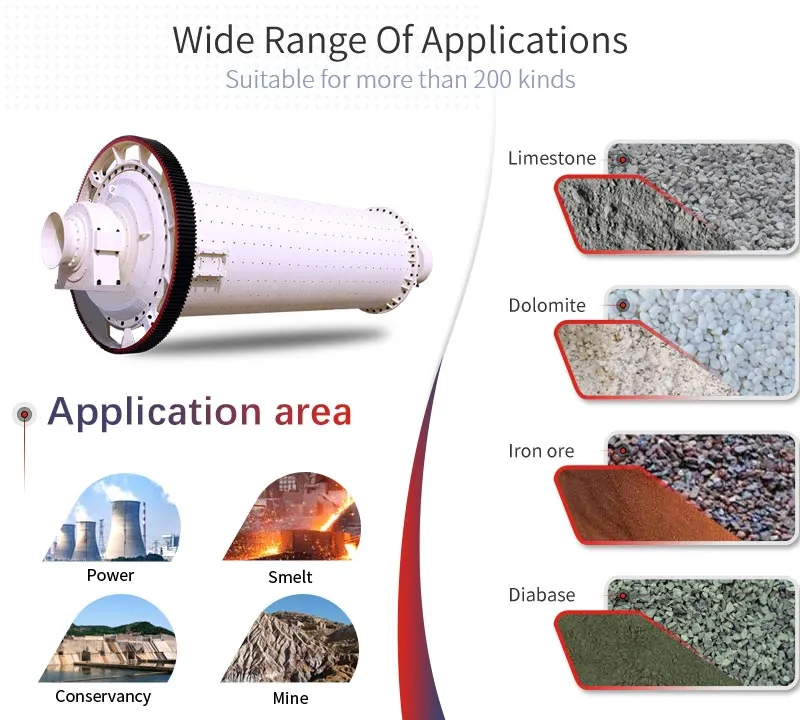
Types: Mining ball mills are divided into two categories, Overflow ball mills: center discharge ball mills; Lattice type ball mills: Peripheral row ore type ball mill.
Batch small ball mill: control the particle size of the material by adjusting the grinding time.
The material is fed into the barrel of the ball mill through the hollow shaft. The cylinder of the ball mill is driven by the motor to rotate, and the materials and media in the cylinder rotate at a certain speed to move, and the forces included include gravity, centrifugal force and friction. When the grinding medium reaches a certain height with the cylinder, when the self-weight is greater than the centrifugal force, it will break away from the inner wall of the cylinder and fall or roll down. As the gravitational potential energy is converted into kinetic energy when falling, the steel ball will eventually collide with the ore at a certain final speed, and the ore will be crushed by the impact force. The crushed and qualified materials are discharged through the ore discharge port.
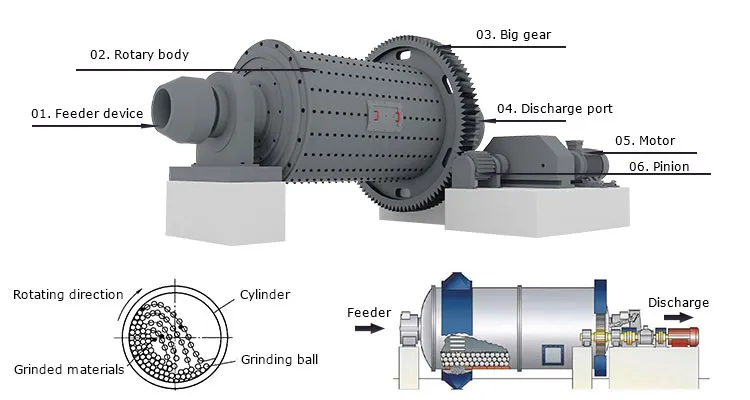
Main Parts: The mill includes motor, reducer, slow drive, power distribution control cabinet, feeding device, main bearing, rotary part, discharging device, transmission part, lubrication system (mainly including high-pressure pump station and low-pressure thin oil station) and other parts. The main working part of the ball mill is a rotary cylinder mounted on two large bearings and placed horizontally. The cylinder body is divided into several compartments by a partition plate, and a certain shape and size of grinding body is installed in each compartment. The grinding bodies are generally steel balls, steel forgings, steel rods, pebbles, gravel and porcelain balls. In order to prevent the barrel from being worn, a liner is installed on the wall of the barrel. The length of a cylindrical shell is usually 1–1.5 times the diameter of the shell.
| Model | Shell rotation speed (r/min) |
Ball load (t) |
Feeding size (mm) |
Discharging size (mm) |
Capacity (t/h) |
Motor power (kw) |
Weight (t) |
| Ø 900*1800 | 36-38 | 1.5 | < =20 | 0.075-0.89 | 0.65-2 | 18.5 | 4.6 |
| Ø 900*3000 | 36 | 2.7 | < =20 | 0.075-0.89 | 1.1-3.5 | 22 | 5.6 |
| Ø 1200*2400 | 36 | 3 | < =25 | 0.075-0.6 | 1.5-4.8 | 30 | 12 |
| Ø 1200*3000 | 36 | 3.5 | < =25 | 0.074-0.4 | 1.6-5 | 37 | 12.8 |
| Ø 1200*4500 | 32.4 | 5 | < =25 | 0.074-0.4 | 1.6-5.8 | 55 | 13.8 |
| Ø 1500*3000 | 29.7 | 7.5 | < =25 | 0.074-0.4 | 2.0-5.0 | 75 | 15.6 |
| Ø 1500*4500 | 27 | 11 | < =25 | 0.074-0.4 | 3.0-5.0 | 110 | 21 |
| Ø 1500*5700 | 28 | 12 | < =25 | 0.074-0.4 | 3.5-6 | 130 | 24.7 |
| Ø 1830*3000 | 25.4 | 11 | < =25 | 0.074-0.4 | 4.0-10.0 | 130 | 28 |
| Ø 1830*4500 | 25.4 | 15 | < =25 | 0.074-0.4 | 4.5-12 | 155 | 32 |
| Ø 1830*6400 | 24.1 | 21 | < =25 | 0.074-0.4 | 6.5-15 | 210 | 34 |
| Ø 1830*7000 | 24.1 | 23 | < =25 | 0.074-0.4 | 7.5-17 | 245 | 36 |
| Ø 2100*3000 | 23.7 | 15 | < =25 | 0.074-0.4 | 6.5-36 | 155 | 34 |
| Ø 2100*4500 | 23.7 | 24 | < =25 | 0.074-0.4 | 8-43 | 245 | 42 |
| Ø 2100*7000 | 23.7 | 26 | < =25 | 0.074-0.4 | 8-48 | 280 | 50 |
| Ø 2200*4500 | 21.5 | 27 | < =25 | 0.074-0.4 | 9-45 | 280 | 48.5 |
| Ø 2200*6500 | 21.7 | 35 | < =25 | 0.074-0.4 | 14-26 | 380 | 52.8 |
| Ø 2200*7000 | 21.7 | 35 | < =25 | 0.074-0.4 | 15-28 | 380 | 54 |
| Ø 2200*7500 | 21.7 | 35 | < =25 | 0.074-0.4 | 15-30 | 380 | 56 |
| Ø 2400*3000 | 21 | 23 | < =25 | 0.074-0.4 | 7-50 | 245 | 54 |
| Ø 2400*4500 | 21 | 30 | < =25 | 0.074-0.4 | 8.5-60 | 320 | 65 |
| Ø 2700*4000 | 20.7 | 40 | < =25 | 0.074-0.4 | 12-80 | 400 | 94 |
| Ø 2700*4500 | 20.7 | 48 | < =25 | 0.074-0.4 | 12-90 | 430 | 102 |
| Ø 3200*4500 | 18 | 65 | < =25 | 0.074-0.4 | —– | 800 | 137 |
Note: 1. Capacity May Vary with Different Materials and Feed Sizes.
2. The technical parameters above are not binding, we reserve the right to adjust according to the actual need.
